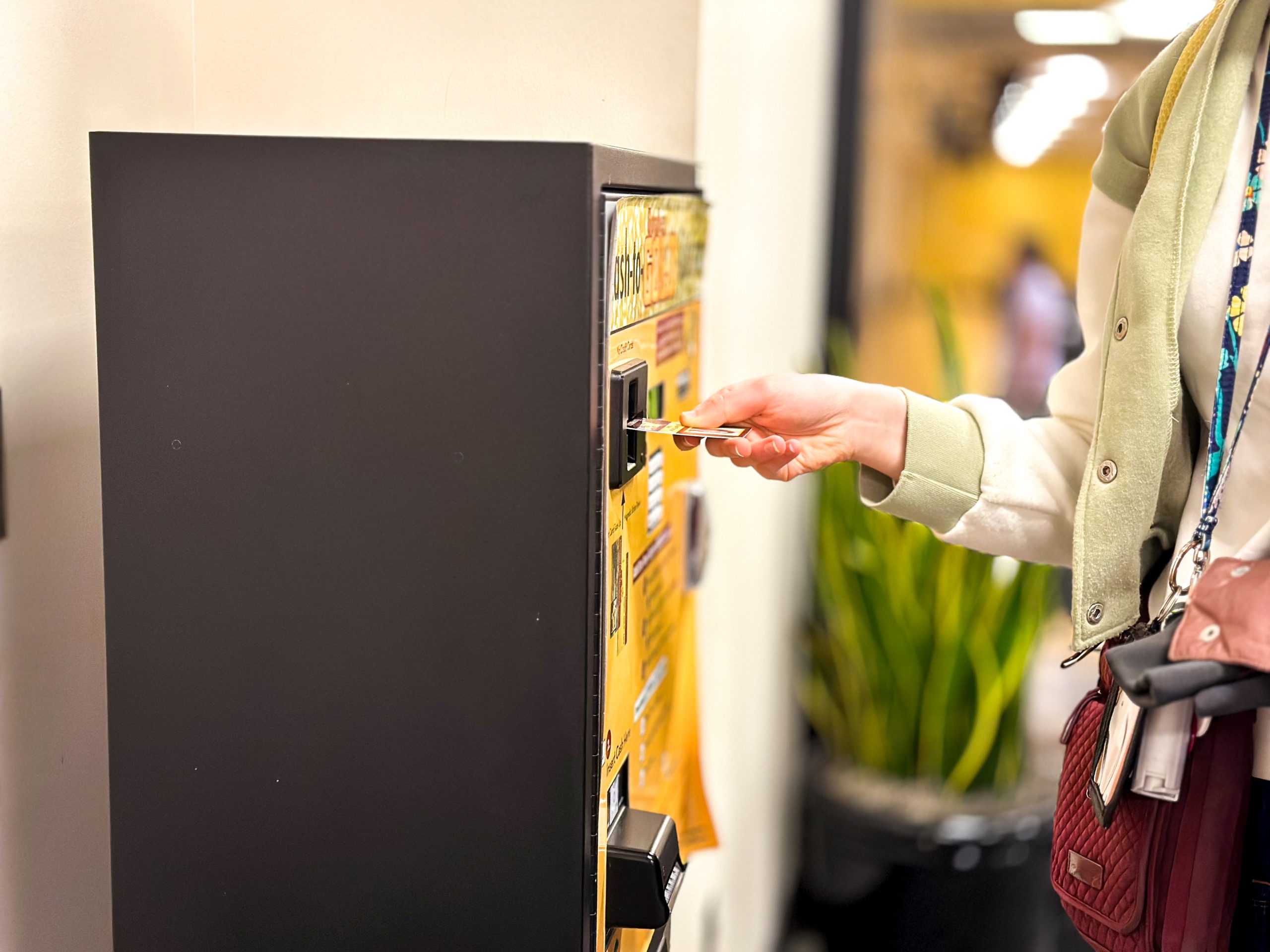Major league baseball is a haven for those obsessed with statistics. Experts, or “seamheads,” factor in batting average, on-base percentage, sunflower seeds consumed, etc., in an effort to determine who can play the game and who can’t.
But when it comes to determining who will actually be chosen to play professional baseball, a player’s numbers might be the least important part about him.
That’s why a player like Justin Pederson, a senior pitcher for the Gophers, will still be taken by a major league club next week in the draft, which starts Tuesday. Pederson went 4-6 with a 6.22 earned run average in 1997, the worst of his four years with Minnesota.
“A good scout doesn’t scout performance,” said Mike Larson of the Major League Scouting Bureau. “You try to overlook stats, unless something really jumps out at you. You look to see how his arm works and things like that. You hope he doesn’t get hit around too bad, but stats are so deceiving in college baseball because of the aluminum bat.”
The major league draft has unlimited rounds, so teams can pick as many players as they want (last year the average number of selections per team was 58). The sheer number of potential picks make draft projections after the first few rounds an inexact science at best, a crapshoot at worst.
Pederson, a right-hander with a low-90s fastball and a wicked slider, is a cinch to be drafted, just as he was last year (40th round by the Twins), because of his exceptional physical tools. Gophers assistant coach Rob Fornasiere said he expects Pederson to go sometime after the 15th round. Still, Pederson knows this might be his last big opportunity.
“Last year it was, ‘If you get the chance, what are you going to do with it?'” he said. “Now you’re just hoping for that chance.”
While Pederson is a good example of someone whose draft stock hasn’t fallen much despite a poor season, his teammate and roommate Mike Diebolt will probably show on draft day that a superb season definitely helped his prospects.
Diebolt had a 7.71 career ERA coming into this year, but finished the ’97 season 7-4 with a 3.99 ERA and a school-record 110 strikeouts in 90 1/3 innings. Larson said Diebolt will probably go on Tuesday, which has the first 18 to 20 rounds of the draft. Fornasiere said that Diebolt might even go in the single-digit rounds.
Diebolt is left-handed, which immediately helps him, can hit 90 on the radar gun and possesses an effective slider and split-finger pitch. Although he wouldn’t have expected to be taken high at the beginning of the season, he knew his skills were draft-worthy. That makes the time leading up to draft day a lot less stressful for him — baseball-wise, anyway.
“I’m really not able to (get excited) with school coming to an end,” Diebolt said. “I still have a lot of work to do. Until it happens, I’m not really going to get too excited.”
Troy Stein doesn’t have quite the same blase attitude, though his and Diebolt’s careers are similar. Stein hit only .250 his first three years, then hit .321 with six home runs from the lead-off spot this year.
Like Diebolt, Stein finally transformed his ability into results. The problem is, right-handed hitting outfielders are much more commonplace than left-handed pitchers who can throw 90 miles per hour.
“Stein and (Gophers catcher Bryan) Guse have an outside chance if an organization is looking for that type of player,” Larson said.
The uncertainty has translated into uneasiness for Stein, who has a bit of everything — speed, throwing arm, power — but isn’t spectacular in one facet of his game.
While Diebolt and Pederson have received many calls from scouts this spring, Stein hasn’t received any. A math major planning to pursue a teaching degree, Stein’s dual interests are pulling him in two directions.
“I’m anxious. I don’t know what’s going to happen,” he said. “Two days after my last final I could be going somewhere to play baseball, or I could be going to my first summer session class. It’s tough to concentrate on classes right now.”










